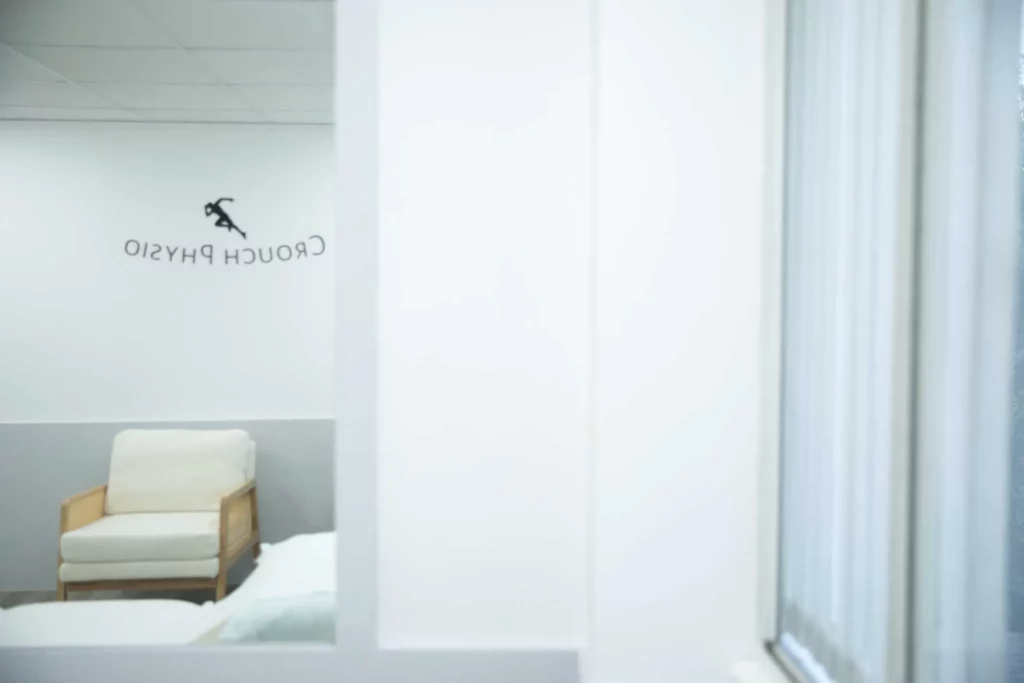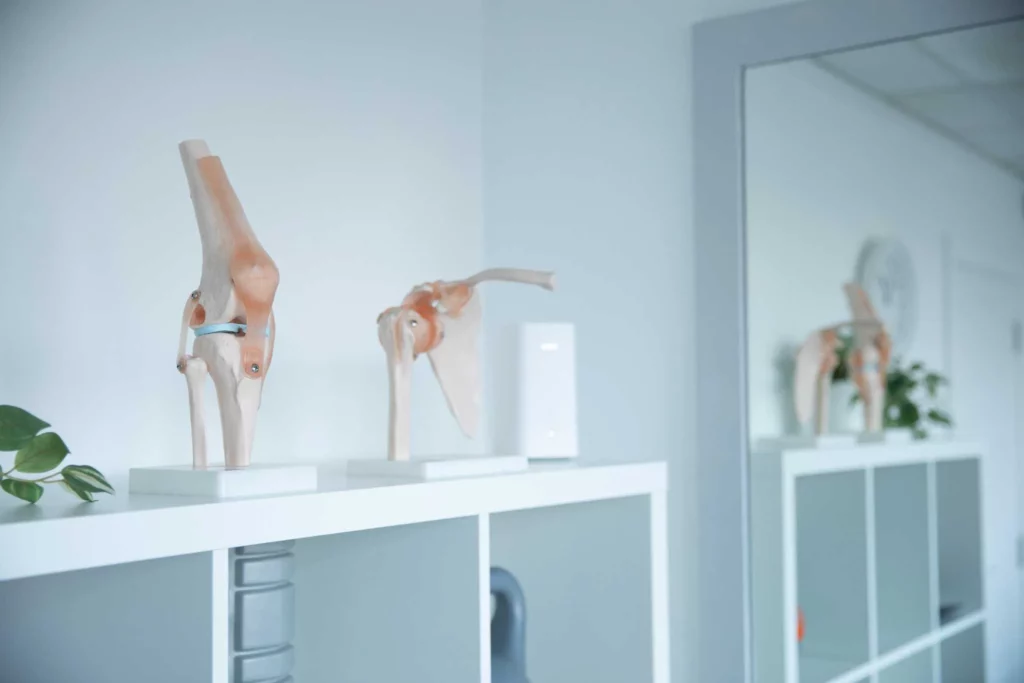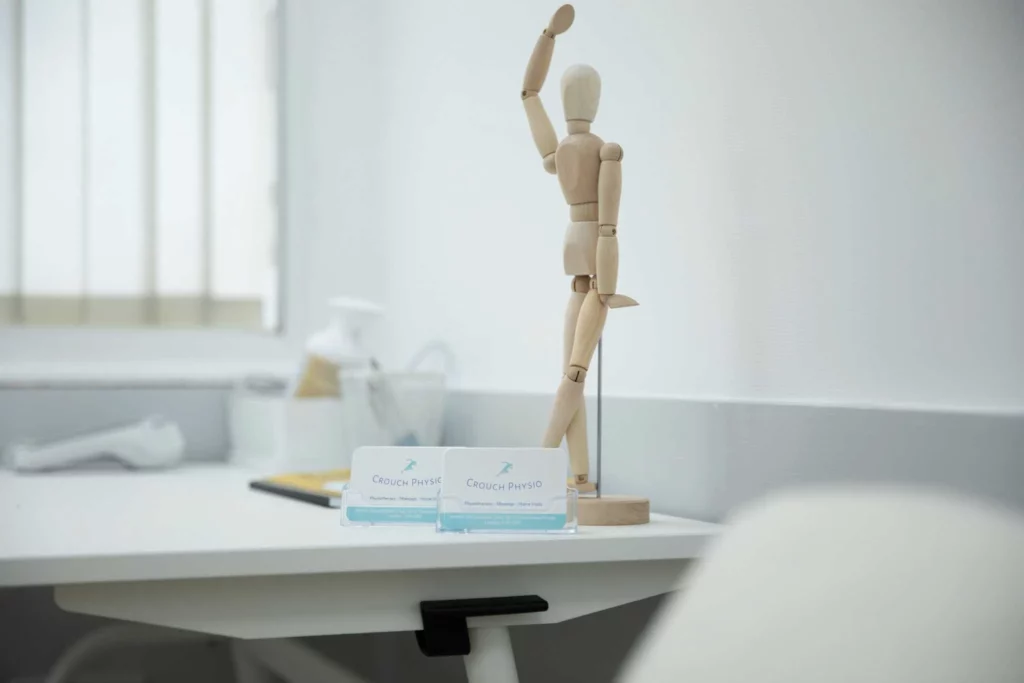Let’s talk about something cool, literally! Cryotherapy has become a buzzword in recovery and wellness circles, and as a physiotherapist, I can’t help but get excited about its potential to support treatment plans. Whether it’s stepping into a frosty cryochamber or targeting a specific area with localised cryotherapy, these techniques pack some serious benefits for healing and recovery. So, grab your warm drink, and let’s dive into the icy world of cryotherapy.
What is Cryotherapy?
Cryotherapy involves exposing your body or specific areas to extremely cold temperatures for a short period. It comes in two main forms:
1. Cryochambers: Whole-body cryotherapy (WBC) typically involves standing in a chamber chilled to between -110°C and -140°C for 2-4 minutes. Sounds intense, right? But it’s surprisingly tolerable and invigorating!
2. Localised Cryotherapy: This focuses cold therapy on a particular area, like an injured knee or sore shoulder, using devices that deliver controlled bursts of cold air or liquid nitrogen.
How Does Cryotherapy Support Treatment?
From a physiotherapist’s perspective, cryotherapy can be a fantastic tool in the rehabilitation toolbox. Here’s why:
1. Reducing Inflammation: Cold therapy is great at calming inflammation. After an acute injury like a sprain, strain, or swelling, cryotherapy can help by constricting blood vessels and slowing down the inflammatory response. This means less pain and a quicker return to movement (1).
2. Pain Relief: The cold numbs nerve endings, which can provide immediate relief for sore muscles or chronic pain conditions. Plus, the release of endorphins post-treatment adds a natural feel-good factor (2).
3. Accelerating Recovery: Cryochambers are popular among athletes for a reason. They can help speed up recovery after intense training by flushing out toxins and reducing muscle soreness. Physiotherapists often recommend it as a complement to manual therapy and exercise-based rehab (3).
4. Improving Circulation: While the cold initially constricts blood vessels, the rewarming phase after a session promotes increased blood flow. This can aid in delivering nutrients and oxygen to tissues, boosting recovery.
Conditions Where Cryotherapy Shines
Cryotherapy isn’t just for athletes chasing peak performance; it’s beneficial for a range of conditions:
• Arthritis: Regular sessions can help reduce joint pain and stiffness (4).
• Post-Surgery Recovery: It can help manage swelling and pain after orthopaedic surgeries.
• Tendonitis: Localised cryotherapy can soothe irritated tendons and support healing (5).
• Chronic Pain: Conditions like fibromyalgia and lower back pain can benefit from its pain-relieving effects (6).
• Sports Injuries: Think sprains, strains, and overuse injuries, cryotherapy helps get you back in action faster.
The Physiotherapist’s Role
While cryotherapy has its benefits, it’s not a standalone solution. As a physiotherapist, my role is to integrate it into a comprehensive treatment plan tailored to your needs. For example, we might combine cryotherapy with hands-on techniques, exercise programmes, and education about managing your condition.
It’s also essential to approach cryotherapy with the right expectations. It’s a helpful adjunct to treatment, not a magic cure-all. But when used wisely, it can make a noticeable difference in pain relief and recovery time.
Final Thoughts
Cryotherapy is like a reset button for your body. Whether you’re an athlete chasing peak performance or someone managing a chronic condition, the chill can do wonders. If you’re curious about incorporating cryotherapy into your rehab or recovery plan, chat with your physiotherapist. We’ll help you figure out if it’s the right fit and how to maximise its benefits.
So, are you ready to brave the cold? Trust me, your body might just thank you for it!
Our Barnet, Cockfosters & Enfield Physio’s have tons of experience and are specialists in treating all types of pain and injuries. Have confidence that our specialist Physiotherapists will closely assess, diagnose & treat you in the correct & evidence-based way for all injuries. You can book an appointment here.
Blog By: Emre Oz (Musculoskeletal Physiotherapist at Crouch Physio).
Special Offer Just For You….
We’ve teamed up with the amazing team at CryoHealth Southgate to give Crouch Physio clients an exclusive discount, please check your emails to access this!
References
1. Rose, Catriona, et al. “Whole-body cryotherapy as a recovery technique after exercise: a review of the literature.” International journal of sports medicine 38.14 (2017): 1049-1060.
2. Garcia, Carol, et al. “Use of cryotherapy for managing chronic pain: an evidence-based narrative.” Pain and therapy 10 (2021): 81-100.
3. Kwiecien, Susan Y., and Malachy P. McHugh. “The cold truth: the role of cryotherapy in the treatment of injury and recovery from exercise.” European journal of applied physiology 121.8 (2021): 2125- 2142.
4. Klemm, Philipp, et al. “Whole-body cryotherapy for the treatment of rheumatoid arthritis: a monocentric, single-blinded, randomised controlled trial.” Clin. Exp. Rheumatol 40.11 (2022): 2133-2140.
5. Racinais, Sebastien, et al. “Cryotherapy for treating soft tissue injuries in sport medicine: a critical review.” British Journal of Sports Medicine 58.20 (2024): 1215-1223.
6. Salas-Fraire, Oscar, et al. “Efficacy of whole-body cryotherapy in the treatment of chronic low back pain: Quasi-experimental study.” Journal of Orthopaedic Science 28.1 (2023): 112-116.




